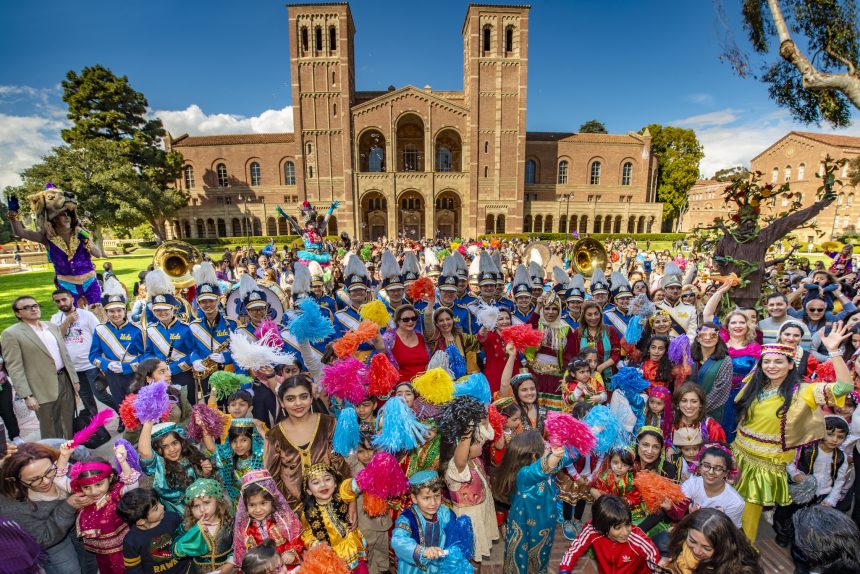Nowruz, also known as Novruz, Navruz, Nooruz, Nevruz, and Nauryz, is a Persian word that means “new day.” It is a centuries-old festival to celebrate the first day of spring. It is also about observing the start of the Persian New Year. This is a festival for over 300 people from countries like India, Iran, Turkey, Afghanistan, Kazakhstan, and more. Let’s explore the history and essence of the Nowruz festival. We will also highlight the varied customs and traditions that it associates with.
Nowruz Festival History
Nowruz has its origins in Zoroastrianism and dates back to at least the sixth century BCE. The festival commemorates the arrival of spring and nature’s renewal. It represents the victory of good over vice, as well as the triumph of light over darkness. The festival also has a connection to the legend of Jamshid, a Persian mythological king who a chariot carried through the air.
Nowruz in India
The Parsi community in India celebrates Nowruz as Jamshed-i-Nouroz. They follow Zoroastrianism and the festival is named after the legendary king Jamshid. This community celebrates with great enthusiasm, wearing new clothes, visiting friends and family, and preparing traditional dishes.
- Advertisement -
Facts about Nowruz
Numerous people worldwide observe Nowruz as an ancestral festivity. The inscription took place in 2009 on the Representative List of the Intangible Cultural Heritage of Humanity as a cultural tradition. The festival promotes peace and solidarity between generations and within families. It also contributes to cultural diversity and friendship among people and different communities. Nowruz customs and traditions reflect the ancient culture of the western and eastern civilizations, which influenced those civilizations through the interchange of human values.
Customs and Traditions of the festival
Nowruz celebrations last for 13 days and begin on the day of the astronomical vernal equinox, which usually occurs on 21st March. The festival is celebrated by cleaning homes, preparing traditional dishes, and setting up a Haft-Seen table. The Haft-Seen table is decorated with seven items that start with the Persian letter “sin,” symbolizing the seven creations and seven holy immortals in Zoroastrianism. The items include Sabzeh (wheat or lentil sprouts), Samanu (sweet pudding), Senjed (sweet dried fruit), Sir (garlic), Sib (apple), Somaq (sumac), and Serkeh (vinegar). The table also includes a mirror, candles, and a book of poetry.
Nowruz is a time for celebrating the first day of spring and the start of the new year. The festival is celebrated by millions of people worldwide and has its roots in Zoroastrianism. Nowruz customs and traditions reflect the cultural and ancient customs of the civilizations of the East and West. The festival promotes peace, harmony, and good neighborliness, making it a significant festival worldwide. As we celebrate Nowruz, let us embrace its values of peace, dialogue, and solidarity, and work together to build a more inclusive world for all.


